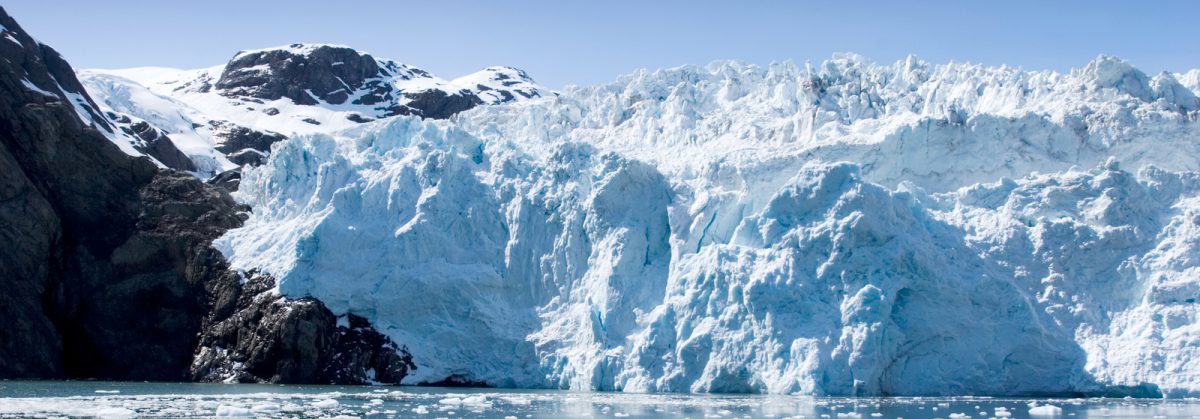So good to be with our London family. Over the last three days we have:
revisited Kingston Village – checked out the revamped market, vege stall envy – such a fabulous selection and enjoyed a good flat white with fresh pretzels. Coffee loyalty card gives us a free coffee after 4 purchases – great deal. Nice walk along part of the Thames with lovely autumn colours just appearing.
walked north along the Thames to Teddington Lock. Lots of activity on the water but no boats through the lock while we were there. The houseboats on the Thames are certainly a very mixed bag! Some of the houses on the other hand are very nice indeed. The Thames is only tidal as far as Richmond before the lock. Interesting that 100 little craft were rallied from here at the end of WW2 to rescue soldiers from Dunkirk.
